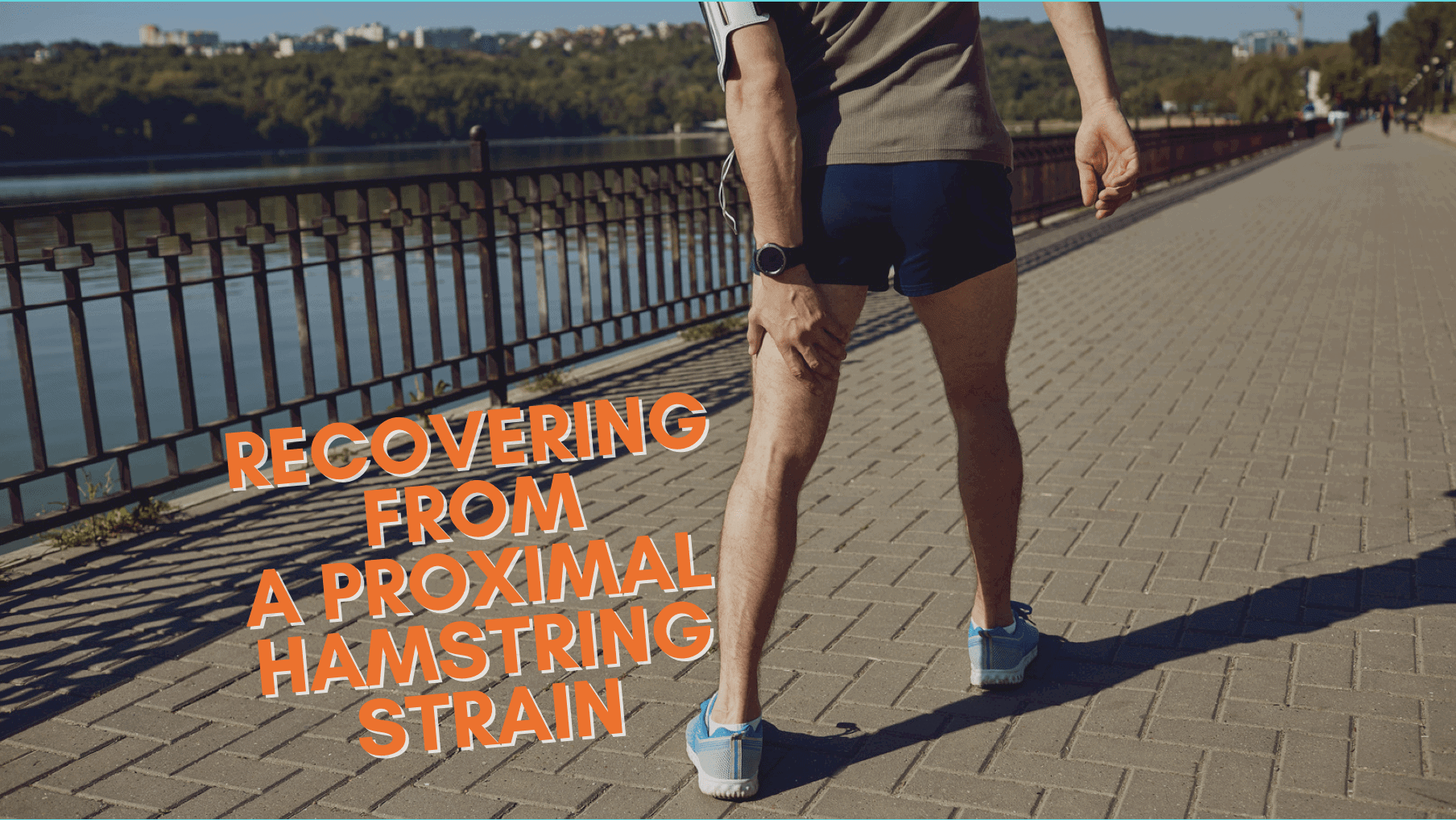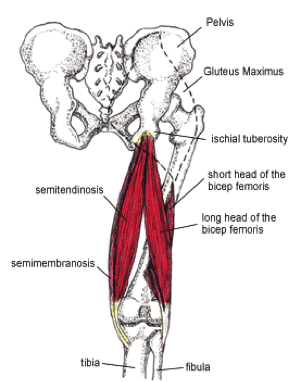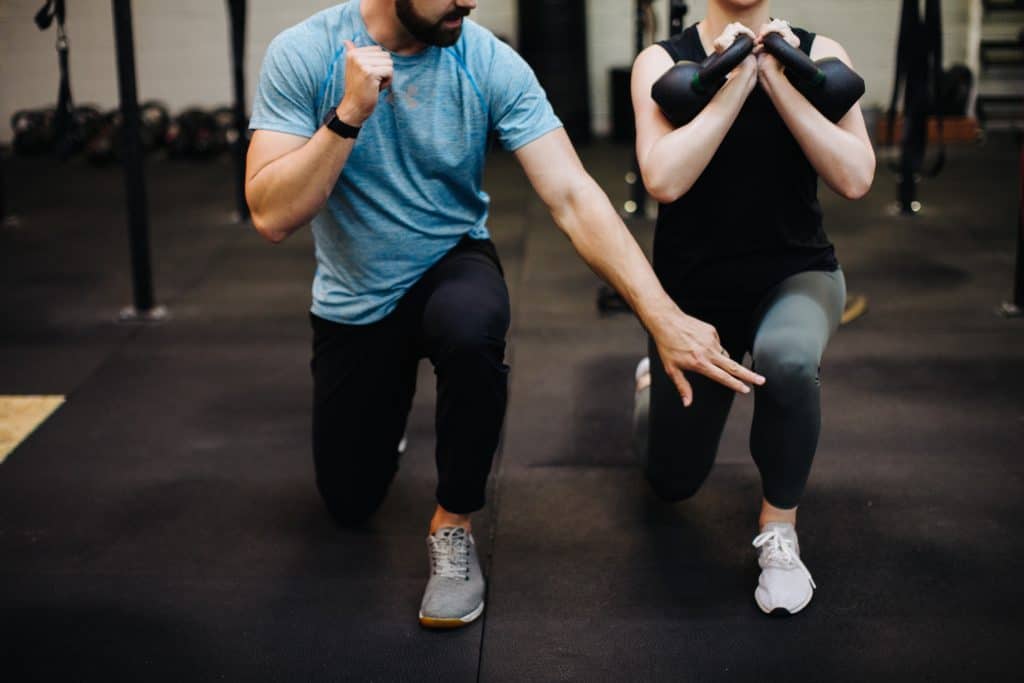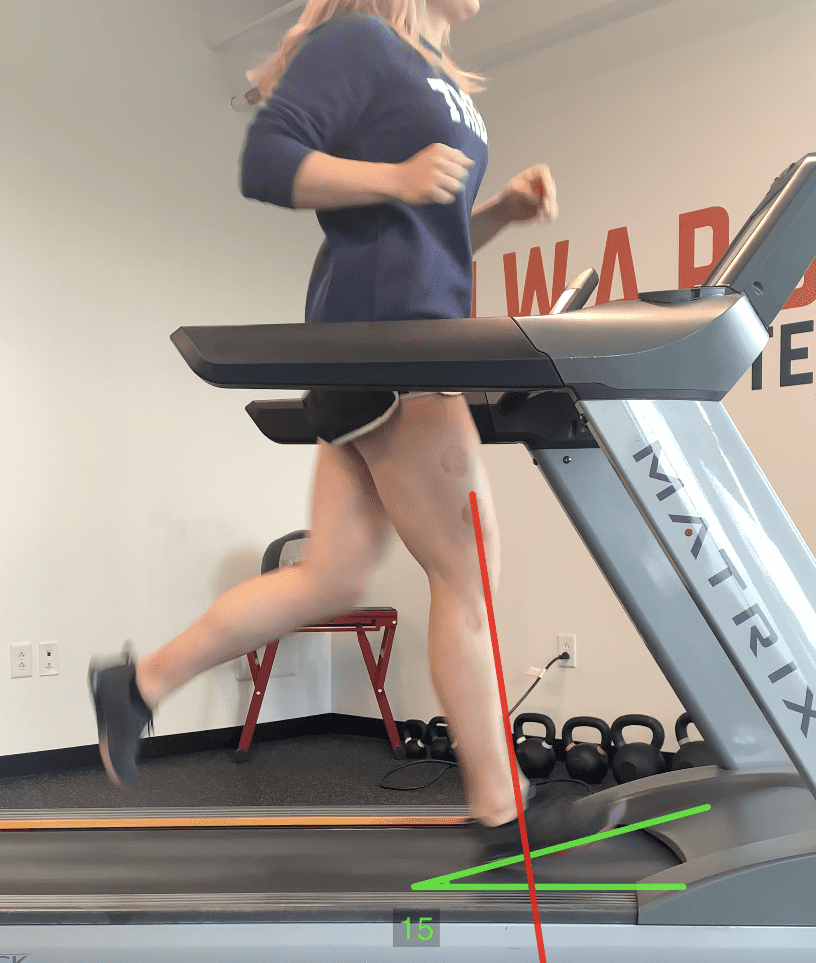
It is literally a pain in your butt that is keeping you from doing the activities you love. Proximal hamstring tendinopathy can be a challenging condition to recover from. To make matters worse, we often see mediocre rehab, delaying the healing process.
Proximal hamstring tendinopathy (PHT) is one of the conditions we specialize in at Onward Physical Therapy, and we would like to shed some light on your recovery process.
What is Proximal Hamstring Tendinopathy?
PHT refers to a condition where the tendon connecting the hamstring to your pelvis becomes irritated and breaks down. With the tendon fibers damaged, movements that load the tendon, especially with hip flexion (knee towards chest) are very painful. Quite often, that results in pain with running, lunges, step-ups, squats, sitting, and more.
What Causes Proximal Hamstring Tendinopathy?

We typically see a few presentations of patients dealing with proximal hamstring tendinopathy:
- Fitness athletes that are performing high volume sprints, lunges, step-ups, and hip-hinging movements. Typically, these are athletes attending boot camp classes or CrossFit style workouts.
- Yoga & Pilates athletes that are regularly stretching their hamstrings to extreme ranges of motion under load
- Accidental injuries such as slipping on a wet floor and going into a split position rapidly
In all of the above instances, the upper portion of the hamstring is overloaded. That stress results in the tendon breaking down a bit. Because it gets poor blood supply, this often results in a continual cycle of pain and irritation.
Signs You May Have Proximal Hamstring Tendinopathy
There are a few hallmark symptoms of proximal hamstring tendinopathy:
- Pain right under your buttocks, right where the hamstring and glutes meet. Most patients report that it hurts “right on my sitbone.”.
- Pain is generated by activities with increasing levels of hip flexion. For example, sprints hurt more than jogging initially as it increases the hip angle you move through. Lunges, step-ups, and Romanian deadlifts all flex the hip with loading on the hamstrings, so they are painful.
- Several tests can reliably differentiate between proximal hamstring injuries and pain from other tissues. But performing this is difficult to do yourself and is better performed by a clinician specializing in PHT management.

Proximal Hamstring Tendinopathy Treatment: What Goes Wrong?
At Onward Physical Therapy, we are often the 2nd or 3rd medical professional to see athletes dealing with proximal hamstring tendinopathy. There are a few things we see go wrong with the rehab of this particular injury:
- Far too often, the diagnosis of PHT is missed or inaccurate. The area of pain with PHT is similar to that that we see with individuals dealing with referred pain from the low back and femoroacetabular impingement. As a result, an inaccurate diagnosis and then the wrong treatment follows.
- PHT is blamed on “glute weakness” or “glute inactivity.” In reality, the cause is the damaged proximal hamstring tendon. We see too many athletes that have spent months doing glute bridges, thrusts, and clamshells but never having treatments directed at the proximal hamstring.
- Too much stretching. This tendon does not respond positively to stretching, so we frequently cease all hamstring stretches with PHT.
- Never having the movements that cause your pain examined. A great example of this is running. There are a number of different running form faults we will commonly see in those dealing with PHT, such as overstriding (picture below). If we don’t watch the movements causing your pain, we cannot accurately game plan a full recovery!

Proper Proximal Hamstring Tendinopathy Treatment
The most important component to recovering from proximal hamstring tendinopathy is progressively strengthening the hamstring tendon.
Initial exercises load the hamstring with very little hip flexion. This allows us to strengthen without further damage. Exercises such as slider hamstring curls work well for that.
From there, we must challenge the proximal hamstring more. We do that by increasing the amount of hip flexion we train in. But the exercise dosage here becomes very tricky. Too much and you make things feel worse. Not enough, and you don’t progress. Dialing in the exercises you do here with your therapist is key to getting back to the activities you love.
Part two of your rehab is often strengthening the glutes. The glutes and hamstrings work together in most athletic movements. We need both strong to get over proximal hamstring tendinopathy. A number of great exercises can be found in this article.
The final part of getting back to the activities you love is working on your technique with them. We need to watch you run, coach your squat, and examine your lunge technique.
Ready to get aggressive about treating your PHT?
At Onward Physical Therapy, we specialize in helping athletes recover from proximal hamstring tendinopathy. Together we can find the right exercises and technique adjustments to get you back to the activities you love!
Recent Articles
Why Early Intervention Physical Therapy Accelerates Your Recovery

What to Expect at Your First Physical Therapy Session?

How to Choose a Physical Therapist

The Top 5 Misconceptions About Physical Therapy

The Complete Guide to Physical Therapy


